FDI, Spillovers and Firm Heterogeneity: Analysis of TPP without USA
By Dr. Badri Narayana Gopalakrishnan
Abstract: Trade and Foreign Direct Investment (FDI) are the two major channels through which spillover of benefits—embodied and disembodied—occur between the source and the host nations. In this paper, we consider the technological spillover to the domestic firms in the host nations via FDI. As countries pass through stages of industrialization and undergo structural transformation to develop, the importance of technology policies and development of technological capabilities can no way be underestimated. Considering the facts that capital goods of differentiated varieties (quality and technology embodiment) originating from different sources (typically industrialized and newly industrializing nations) are vehicles of superior technology flows, in this paper, we consider technology spillover, and explore the factors facilitating (or, bottlenecking) the capture of the benefits. Considerable heterogeneities of MNEs production via FDI exist across countries and sectors. This depends on the heterogeneities of firms. A Global Computable General Equilibrium model is calibrated for this purpose. Technological change in the sources occurs exogenously and it induces endogenous productivity spillovers to other sectors and regions via intermediate input. Following the technology shock/s, we calibrate: (i) the impact on global production; (ii) trade patterns in the industries/sectors; (iii) welfare consequences of technological changes; and (iv) regional disparities in capturing transmitted productivity gains. The results offer valuable insights into the role of technology adoption and productivity benefits via FDI and Trade.
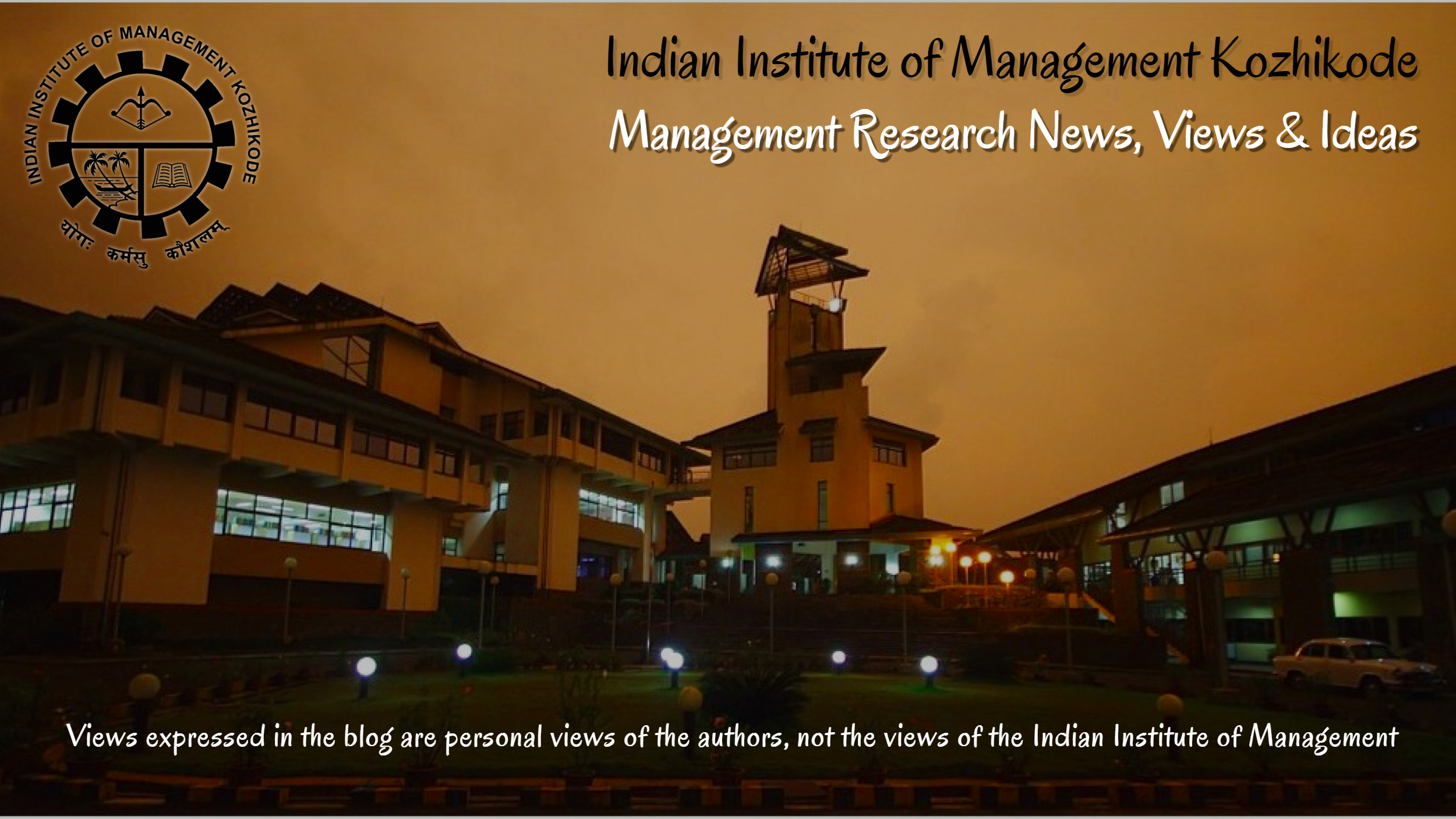



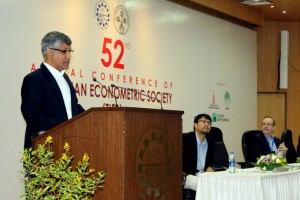
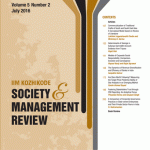
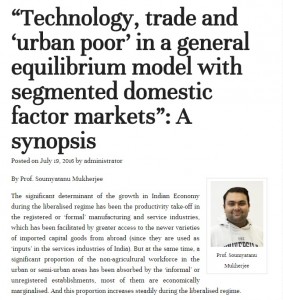
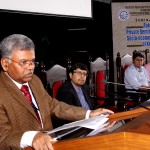
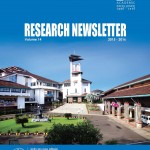







 Users Today : 259
Users Today : 259 Users Yesterday : 468
Users Yesterday : 468 This Month : 2612
This Month : 2612 This Year : 121219
This Year : 121219 Total Users : 545207
Total Users : 545207 Who's Online : 2
Who's Online : 2